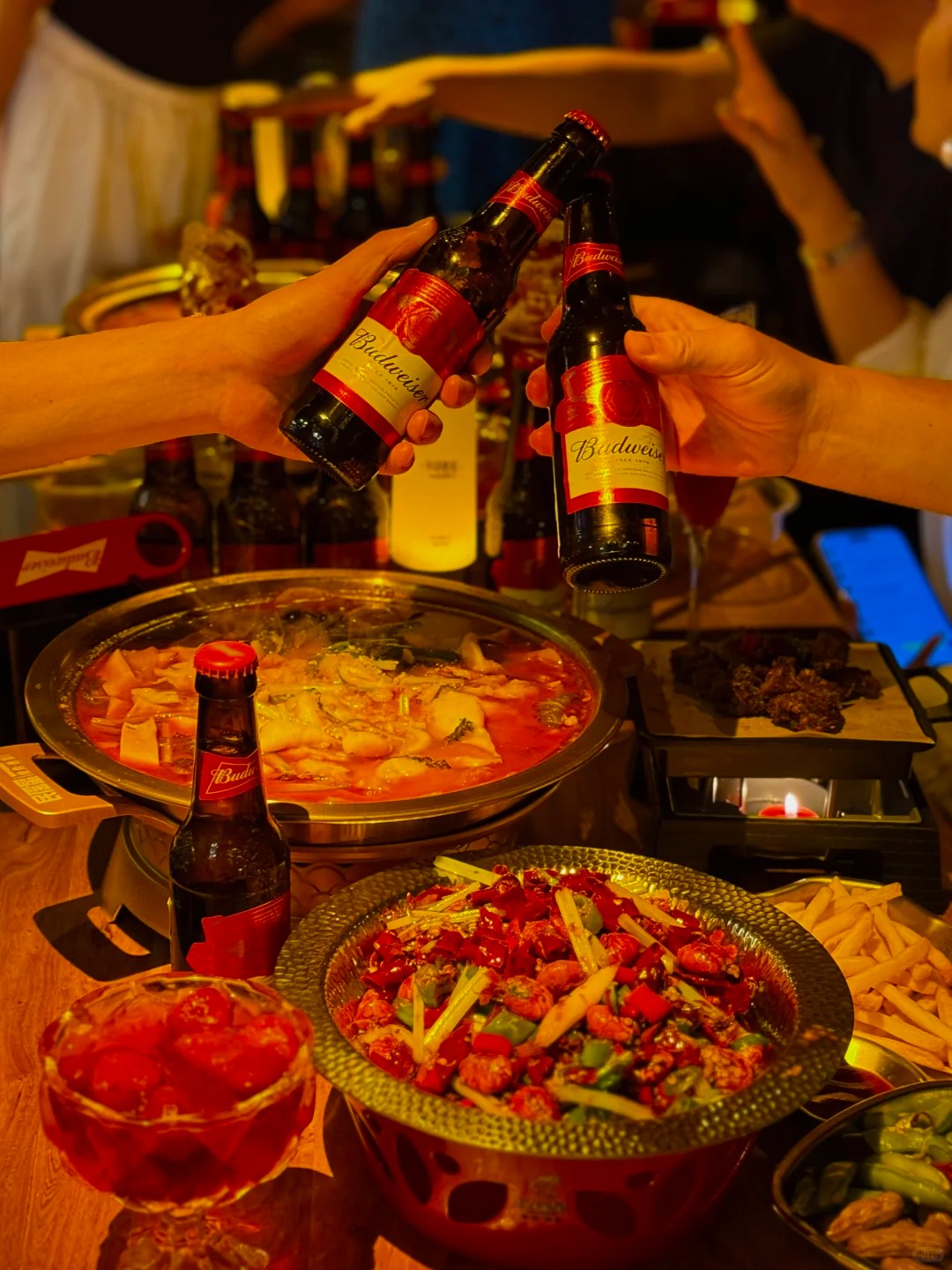Where tradition intertwines with innovation lies Shanghai, a city bursting with culture and vibrant neighborhoods alongside modern skyscrapers and traditional marvels, which are both waiting to be explored. Whether visitors wish to indulge in the mouthwatering Chinese cuisine or are history buffs looking to marvel at the futuristic skyline, Shanghai is fascinating. In this guide, I will take you through the best destinations that are bound to provide you with an understanding of the city and are equally interesting to visit. Marvel at the revolutionary changes in culture, cuisine, and architecture, Yu Garden and The Bund have to offer, and get a glimpse of what Shanghai offers. The experiences waiting for you in this world-famous city will leave you awed.
What are the Must-See Attractions in Shanghai?
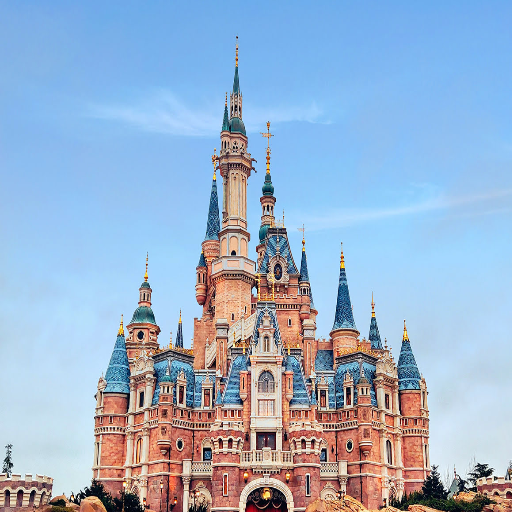
Top Highlights of Shanghai According to Lonely Planet
The Bund (Waitan): This waterfront promenade symbolizes the city of Shanghai. The Bund showcases a wide range of Romanesque, Baroque, Gothic, and Art Deco structures of various architectural styles, as colonial-era buildings flank it. At this location, the splendid views of the rising Pudong skyscrapers and the Bund’s historical buildings depict Shanghai’s multifaceted face, depicting contradiction.
Yu Yuan Garden: The Yu Garden is considered the best example of Chinese garden art. This marvellous piece of art serves as an escape from the rush of the outside world. Sitting idly beside the Ji Nan stream in Shanghai, the Yu Garden was built during the Ming Dynasty and captured the imagination of tourists because of its magnificent ponds that hosted koi fish alongside ancient Chinese artistry.
Shanghai Tower: Also considered as one of the tallest and one of the seven wonders of the world, Shanghai Tower stands at a jaw-dropping height of 632 meters. Innovation combined with advanced technology results in the addition of sustainable development features to this world engineering marvel. Apart from being the epitome of architectural brilliance, the tower has an observation deck from which the tourists can behold a bird 's-eye view of the city.
Jade Buddha Temple: The Jade Buddha Temple is named for its peaceful surroundings. Although it is usually filled with people, Shanghai's frenzied society finds a sanctuary in this temple because of the prayer and meditation offered there, making it a go-to place in the city. At the temple of the Prabhu, two statues of white jade buddhas are preserved and raw in their beauty.
Tianzifang: In the French Concession, Tianzifang is a chic district with a labyrinth of narrow alleys containing art studios, souvenir shops, cafés, and craft shops. It is a fantastic place to observe Shanghai's contemporary culture while appreciating its historic elements.
Nanjing Road: Well-known as one of the most frequented shopping streets around the globe, Nanjing Road is a heaven for shoppers. This street is filled with luxurious global brands, local Chinese shops, and even delicious snacks, making it mandatory for tourists searching for a blend of modern and traditional essences.
Zhujiajiao Water Town: This ancient town is situated just outside the center of Shanghai. Its features include canals, stone bridges, and houses that make it look stunningly historic. This location is excellent for people who want to spend their holiday in a calm, beautiful, yet profoundly historical place.
Shanghai Museum: The Shanghai Museum is located in People’s Square and features a vast collection of Chinese art and artifacts, such as ancient bronzes, ceramics, and calligraphy. It is notable for its numerous carefully curated exhibits, which showcase the rich Chinese culture and history.
These highlights illuminate Shanghai's history and culture and showcase how the city captures the spirit of innovation. Each destination offers an experience that embodies Shanghai’s multifaceted personality, making the city interesting for every kind of tourist.
Exploring the Bund: A Must-Visit Destination
The Bund is a famous landmark of Shanghai city, where the eye can be caught at both its historical perspective and the charm of the modern city. This promenade stretches along the western banks of the Huangpu River and is home to 52 “Gallery of World Architecture” Buildings. Each building tells the city`s amazing international hub history during the early 20th century. The buildings also exhibit famous styles of Baroque and Art Deco.
Besides being home to amazing architecture, the Bund is widely regarded as a hotspot for breathtaking views and clear skies. Visitors rave about the views of Pudong and its skyscrapers, Shanghai Tower, and Oriental Pearl TV Tower. They get even better at night with vibrant lights across the river, creating a visual show. Those looking to experience the new landmarks can spice their trip by choosing the HuangPu River cruises to enjoy the modern and historical landmarks.
In addition to being a center for history, the Bund is an excellent location for shopping, fine dining, and even art. It houses numerous flagship stores with delicious specialty shops and restaurants inclusively. The Fairmont Peace Hotel and modern buildings with rooftop bars are also located there, and from there, breathtaking views of the entire city are offered. While walking along the promenade, enjoying the Bund's exquisite cuisine, or watching the spectacular night views, one can witness how uniquely Shanghai combines its traditions with its modern culture.
Hidden Gems in the Old Town of Shanghai
The Old Town, known as Nanshi or the Old Town of Shanghai, is an unexplored gem of culture and history. The heart of the city lies in its unique attractions, which tourists and travelers can explore while taking in its blending alleys and traditional architecture. Its outstanding mark is the Yuyuan Garden, a Chinese garden famously known to date back to the Ming Dynasty for shrines of tranquility, koi-filled ponds, intricately made pavilions, and other beautiful landscapes.
It is surrounded by a large crowd with the vibrant market selling anything from handcrafted souvenirs to delicious traditional food, making Chenghuang Miao the City God Temple a spiritual and cultural site. For Chinese culinary lovers, the Xiaolongbao food stalls are a go-to. Beyond those known sites, the peculiar Fangbang road with its dazzling antique shops and charm of the ancients is what every traveler must see. From the lesser-known Fangbang Road to the Yuyuan Garden, all blend seamlessly, creating an experience yet to be found anywhere.
How to Plan Your Itinerary for a Trip to Shanghai?
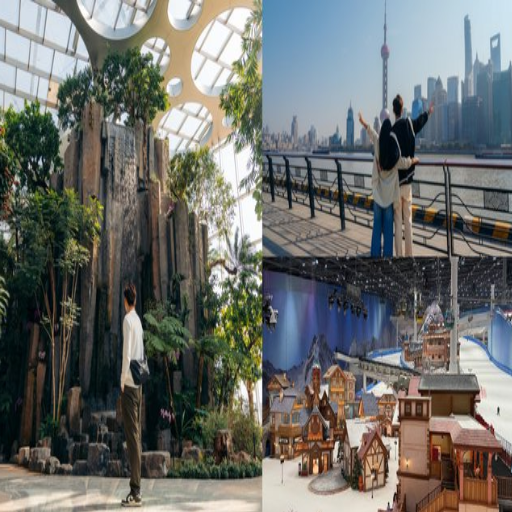
Creating the Perfect Shanghai Travel Itinerary
While planning your dream itinerary, ensure you spend enough days in Shanghai to appreciate its authentic neighborhoods, historical landmarks, and modern-day attractions. A trip spanning 4 to 5 days is a perfect blend of cultural immersion and leisure activities for first-time visitors. Your trip should commence at The Bund, with its spectacular skyline and historic architecture, both during the day and at night. You should spend time wandering around the beautiful Yuyuan Garden in the Old Town, followed by the vibrant atmosphere of Nanjing Road, a paradise for shoppers.
Ensure you set aside a day to explore Pudong, as it hosts eccentric skyscrapers such as the Oriental Pearl Tower and Shanghai Tower, which offer unparalleled panoramic city views. Shanghai also houses the cutting-edge Shanghai Museum, the artistic heart of the city’s heritage, in the lively Tianzifang in the French Concession. For those needing peace, the Zhujiajiao Water Town is a canalside retreat located just outside the hustle and bustle of the city.
To make the best use of your time, you may also consider renting bikes to explore local attractions and using the efficient public metro system. Dining is an equally important part of your stay in Shanghai. Be sure to sample local delicacies such as soup dumplings (Xiaolongbao) and street foods from nearby market stalls. Combining daytime activities with evening ones is sure to provide you with an unforgettable experience in this vibrant city.
Recommended Duration for Your Shanghai Trip
To fully capitalize on what Shanghai offers, an estimated trip lasting from 4 to 5 days is ideal. It allows tourists to cover all major hotspots such as The Bund, Yuyuan Garden, and the space-age skyline of Lujiazui. One day is sufficient to soak in the Chinese historical legacies about architecture and colonization in the Former French Concession. This is a park-like area with colonial buildings and clear-cut tree alleys. Other world-class marvels like the Shanghai Tower or multiple renowned museums like the Shanghai Museum, famous for art and captivating culture-filled exhibitions, can dwarf another day.
Do not forget to set aside time for some simple relaxing activities like walking in the elegant-looking streets or drinking tea at a classic tea house. For learners, it is absolutely important to set aside a day and fully immerse themselves in the world of the city’s unique cuisines, be it shady little sidewalks serving local snacks or posh eateries. This balance results in a Somerset blend and tension, leaving the traveler with great immersion.
Must-See Spots to Include in Your Itinerary
The Bund (Waitan): Jetting off to the East of the Huangpu River lies the Bund, one of the most remarkable places in Shanghai. The Bund provides a stunning view of the city's contrasting skyline, with colonial architecture on one side and modern advancements on the other, including towering skyscrapers. Walk along the promenade to catch a glimpse of the Pudong Tower lights or enjoy a delightfully refreshing cruise on the river to enjoy a different scenic view of Huangpu.
Yu Garden (Yuyuan Garden): This amazing garden is conveniently situated in the middle of the city's historic district. The Yu Garden (Yuyuan Garden) is a classical Chinese garden that showcases the Yi Bridge, rockeries, intricate carvings, and ponds. The park was built during the Ming dynasty, serving as a resting place for locals. Take a break from the city and enjoy some peace while observing the stunning aesthetics of ancient Chinese culture.
Shanghai Tower: At 632 meters, the Shanghai Tower dominates the skyline. It is not only China’s tallest building but also a token of innovation in architectural development. The Louvre is unveiled on the 118th floor of the building, from which multiple angles of Shanghai will be visible to the visitor. The building uses eco-friendly construction, wind turbines, and a double-skin façade.
Tianzifang: An energetic enclave for culture and creativity, Tianzifang is a maze of narrow lanes containing fashionable cafes, art studios, and boutique shops. The shikumen-style old houses have been turned into places for local delicacies. It is an ideal area for searching for new designs.
Jingan Temple: Known for its enormous golden roof Buddha statue, it is over 780 years old. It is an oasis of beauty among urban disorder. The place is peaceful for learning about ancient Buddhist rituals and is an excellent respite from chaotic city life.
Nanjing Road: Nanjing Road is a shopper’s paradise and one of the most bustling streets in the world. The road is filled with shopping outlets, traditional stores, and department stores. Even people who don’t intend to go shopping appreciate the vibrant environment and the illuminations at night.
Zhujiajiao Water Town: Zhujiajiao is a water town dating back to ancient times. It features beautiful canals that run parallel. It is situated a reasonable distance from Shanghai and is famous as the ‘Venice of the East’, so it is a perfect day trip.
To make the most of what Shanghai offers, ensure these places are part of your itinerary, combining the city’s innovative future, rich culture, and historical relics.
What Are the Best Local Secrets in Shanghai?
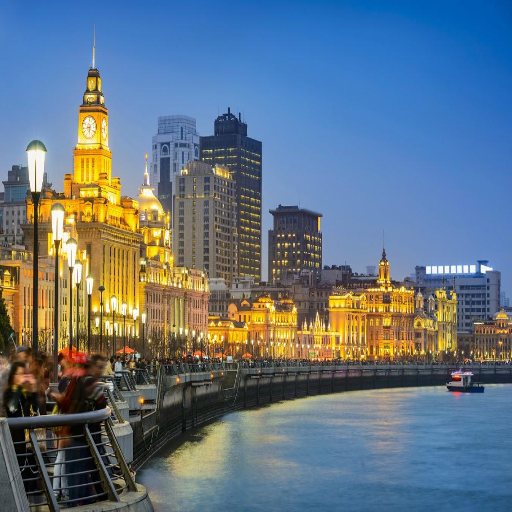
Discover the City's Traditional Laneways in Jing'an
Jing'an District represents a striking combination of the old and new in Shanghai. It is home to the "longtangs," which are the cultural pathways of the city and traditional alleyways. “Longtangs” translates to “shaped like a dragon’s tail” in the Western language and refers to the nostalgia for old Shanghai. Along the narrow streets, which are not easily accessible to vehicles, one can find Shikumen-style houses. They were the most distinguishing mark of Shanghainese social culture from the 19th to the late 20th century. In Shikumen-style houses, tea is served while strolling around multi-family shops selling traditional items.
Western-influenced architectural design with a Chinese layout proves to be one of the defining attributes of longings in Jing’an. Not all of the old pathways have modernized. Some remain as art galleries, cafes, and boutique shops. Walking around them is a blend of fun and an educational trip to the heart of modernized Shanghai. Exploring these regions is surely an unforgettable experience.
Local Favorites in the French Concession Area
Bursts of modern exuberance and historic charm make the French Concession area in Shanghai an attractive destination for locals and tourists from near and far. The trendy district of Xintiandi within the French Concession area is particularly iconic for its high-end restaurants, lavish boutiques, and historical Shikumen-style architecture. Pedestrian-friendly streets are home to Shikumen-style architecture, high-end restaurants, posh cafes, and extravagant retail stores, which makes this area infused with heritage charm, sandwiched between cosmopolitan wonders. Whether visitors dine at an upscale restaurant or sip brewed coffee from the countless lavish cafes, this district allows them to experience unmatched advancement paired with timeless elegance.
Another highlight worth mentioning is that for people craving some tranquility, Fuxing Park is an escape within the unrelenting fervor of the French Concession area. This park features graceful tree-lined walkways, bucolic pavilions, and well-kept gardens, originally designed in a classical French style. The park bustles with life during the early morning hours, filled with tai-chi practitioners, traditional music players, and gregarious discussions. The local area's strong European characteristics and Chinese traditions permeate the park’s essence, providing a unique ambiance.
Alongside the French Concession, Wukang Mansion, a residential building with retro elegance and intricate carvings, is stunning to observe. The neighboring streets are brimming with many unique designer shops, trendy independent bookshops, and quaint teahouses, each adding to the area’s charm. The combination of the art deco architecture alongside the trees on the Avenues makes one wonder about the melding of the past and the future of this city. This fascinating area does not cease to amaze its travelers.
Beaten Paths: Unique Experiences in Shanghai
In the innovative city of Shanghai, its sprawling modern skyline is only the starting point, as the combination of its rich history and recent changes can be witnessed in every nook and corner. The city has many other hidden attractions that guarantee unique and unforgettable experiences. A stroll down the Former French Concession will surely lead you to sycamore tree-shaded areas such as Tianzifang, which is well-known for its boutiques, art galleries, and restaurants on small, narrow roads. Moreover, Fuxing Park is a quiet break where people do Tai Chi, dance, and play cards, bringing a genuine glimpse of life.
One of the more unique experiences is found in Shanghai’s Longtang, which showcases the last surviving examples of traditional lane-style community living. Along with the water town of Zhujiajiao, which can be driven to within an hour, and is famous for its lovely canals. The area boasts some of the best-preserved buildings from the Ming and Qing Dynasties, making it a must-see for tourists. Shanghai might be one of the most interesting cities in the world, but straying off the well-trodden paths provides an entirely new side to it.
How Does Lonely Planet Shanghai Compare to Other Travel Guides?
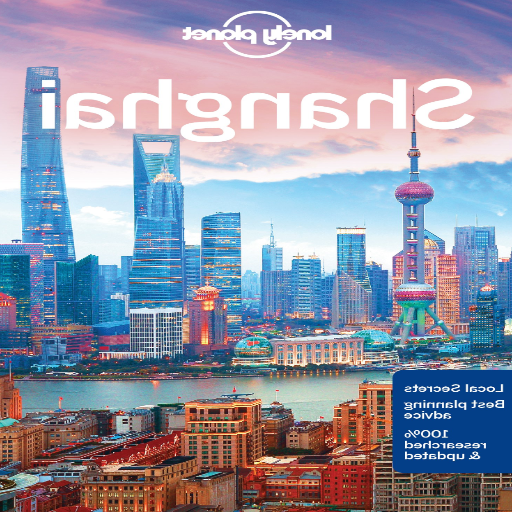
What Makes Lonely Planet Shanghai a Trusted Travel Companion?
Lonely Planet Shanghai is undoubtedly one of the most valuable books, detailing everything that has to do with the pulsating city of Shanghai. Covering both the initial and repeat tourists, the comprehensive guidebook inspires complete confidence that visitors will exhaust all possibilities of the town as it offers them careful planning. It brings to light hidden treasures such as traditional tea houses, emerging art districts, and street food, which showcase the city's culture and add value beyond what visitors expect from Shanghai. Moreover, unlike other guidebooks, every suggestion has been carefully crafted based on extensive research and local knowledge, ensuring credibility and actual value for tourists.
What truly concretizes compliments for Lonely Planet Shanghai is its thoughtful attention towards providing every detail needed to help the tourist at every point, which adds ease to their travel experience. The guide includes walking maps, directions to public transport, and accommodation to all sorts of financial capacities, simplifying travel in this large metropolis. It also highlights other areas and breaks down Shanghai into its culture and history, providing travelers with a rich context that improves their connection to the city. These all give ease to the traveler and add irreplaceable trust while needing a guide to follow alongside, enabling them to explore every area in detail without hampering their experience.
Comparing Lonely Planet Shanghai with Other Guidebooks
In comparison with other travel guide books, it is clear that the Lonely Planet Shanghai possesses some key region-specific strengths. To start off, the exhaustiveness of detail, scope of research, and credibly appropriated recommendations for dining and attractions is staggering and spans all ranges of budgets. In contradistinction to some guidebooks that gloss over Shanghai, Lonely Planet Shanghai reveals insightful peripheries and places that are off the beaten path, which would cater to first-time or seasoned travelers. Moreover, it shines in practicality with features such as a walking map and useful public transport pointers toward locally suggested itineraries, which guide the traveler through the city.
Its cultural depth differentiates it from the rest. At the same time, some guidebooks focus primarily on providing logistical details. Lonely Planet Shanghai balances the practical with granola prose, describing Shanghai’s history, customs, and how it has transformed over time. Readers are given the chance to feel close to the city and feel the context, changing the visit from a trip to an experience filled with meaning. While other guidebooks might scratch the surface or add blanket recommendations, true to its name, CPost guidebooks might add vague commentary. The reasoned and exhaustive summary offered in the guide is complemented with extremely navigational ease through context-shifting information.
Why Choose Lonely Planet Guides for Your Shanghai Journey?
Exceeding guides offered by Shanghai tourist sites, Lonely Planet guides provide unmatched depth and accuracy while taking a user-friendly approach that classifies them as essential concoctions for every traveler venturing to Shanghai. Going beyond prominent landmarks of The Bund and Yu Garden, highly curated information in these guides includes everything from quaint niche spots scattered across the city’s vast sprawling neighborhoods. Regardless of whether your interest lies in history or if you are a foodie yearning to dive head first into the diverse culinary scene, whale prompting you to sink your teeth into the city’s storied past, along with any interest you may have, courteous and practical advice is bound to be provided by Lonely Planet.
To allow for full immersion in the vibrant local region, these guides are filled with astounding cultural insights ranging from transportation, accommodation necessities, and beyond to safety tips. Unlike generics, lesser-known tourist materials, the sturdy bound sources of concern, coupled with the narrative provided in Shanghai’s Bound, combine scenic architectural gems with nonlinear, profound city insights, making those tailored to tourists a winner for explorers and the casuals. Granted, with state-of-the-art travelers' empowerment, every trip brought forth by the guide is bound to transform your adventure into an experience of self-motivation unlike any other, etched in your memories forever.
What Should Travelers Know Before Visiting Shanghai?
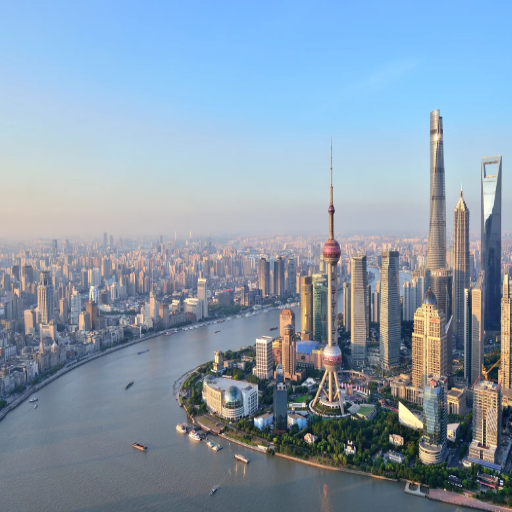
Essential Tips for First-Time Visitors to Shanghai
My primary suggestion for a first-time Shanghai visitor is to prepare for a dynamically vivid urban center containing elements of traditional Chinese culture alongside modernity. One of the most striking aspects of Shanghai is its massive magnitude; therefore, having a rough mental map of popular areas and their corresponding layouts can significantly ease the experience. The Bund and Lujiazui represent Shanghai's historical and futuristic parts, respectively, while regions such as Jing’an or the French Concession serve as multicultural hubs and provide eclectic experiences with heritage architecture alongside various shopping and dining options. As Shanghai is a sprawling metropolis, not having consistent internet access poses an obstacle; thus, having an offline working maps application can be incredibly useful.
Another essential factor to consider is language. The command of English remains basic among many locals in the tourist center, so knowing a few phrases in Mandarin, including how to greet people, give directions, or order meals, can be helpful. It is also important to mention that Shanghai has one of China's most advanced public transportation systems. Shanghai Metro travels across the city rapidly, cleanly, and efficiently. Get a top-up transportation card like the Shanghai Public Transport Card to make travel easier.
Finally, embrace the local culture and remain open-minded while navigating Shanghai. While appreciating the xiaolongbao (dumplings served in broth) at local restaurants, walking the cobbled streets of the ancient watertowns, or gazing at the modern skyline from a bar, it is evident that Shanghai has something to offer everyone. Make arrangements in advance, but be flexible with the plans; the most unplanned moments are often the most cherished memories from traveling!
Understanding Shanghai's Culture and Etiquette
While traveling to Shanghai, I take the time to learn about the local customs and ways of life. Most important to me are the interactions between the locals. Like most of China, people in Shanghai pay much attention to social harmony. This means that irritation and conflicts are avoided. Simple things like receiving and giving things with two hands are polite gestures. A gentle smile or nod can make people relax and create a positive atmosphere.
What I also find very interesting is the concept of table manners. In Shanghai, meals are eaten in a group setting, and food is placed in the middle of the table for people to take from. If it’s your first time dining with locals, waiting until the older folk or the host begins eating before you start is considered polite. There is also a set of rules regarding chopsticks. Never place them in an upright position in rice because that symbolizes placing offerings at a funeral. Never direct them to other people; it is impolite. If you’re lost, the easiest way to figure the rules out is to watch what other people at the table do.
Furthermore, the fusion of modern and historical Shanghai culture suggests that the city still respects its heritage while keeping in step with a rapidly developing global city. Although most residents are quite friendly towards tourists who do not know every custom, it’s always common courtesy to learn some basic words in Mandarin, like “xièxiè” or “nǐ hǎo.” Being open-minded and flexible in such a rich culture can improve your experience and interactions in the city.
Safety Tips for Travelers in Shanghai
While traveling to Shanghai, I quickly learned the necessity of being aware and alert. One particular piece of advice I always follow is keeping a backup of your ID, travel documents, and any other important papers physically and digitally. No matter how advanced or safe a city is, like Shanghai, being prepared for the unpredictable is always a brilliant idea. Familiarizing yourself with emergency numbers also helps you make swift decisions. For example, in Shanghai, the police can be reached at 110, while 120 is for medical emergencies and 119 is for fire services.
Being aware of your personal belongings, especially in dense areas, is crucial. In Shanghai, that includes places like tourist centers, markets, or even public transport. For my personal use, I prefer cross-body bags that close with zips for added security. Even in a safe city like Shanghai, it is smart to limit one’s jewelry and expensive electronics in order not to draw unwanted attention.
An aspect of Shanghai that I valued was the public transportation system. Nonetheless, I took care to observe local safety customs, like waiting far back from the line in the metro stations and taking licensed cabs to avoid possible scams. These precautions reduced my anxiety while navigating the city, so I planned my routes ahead of time and downloaded an offline map navigation app. Such steps allowed me to enjoy the trip without a care!
Frequently Asked Questions (FAQs)
Q: What are some must-see spots in Shanghai as suggested by the Lonely Planet Shanghai guide?
A: The Shanghai guide from Lonely Planet notes the landmark Bund for its unrivaled colonial-era skyscrapers, Yuyuan Garden for classical Chinese landscaping encapsulated in a garden setting, and the People's Square for its mix of government, business, shopping, and leisure facilities. To explore the city’s traditional houses and alleyways, the guide recommends Tianzifang and Xintiandi for their modern fusion of tradition.
Q: How can I explore Pudong, and what are its main attractions?
A: The Pudong area is noted for its modern skyline and futuristic attractions. The Orient Pearl Tower is a distinguishing feature, along with the breathtaking views of Shanghai from the Shanghai Tower and the Shanghai World Financial Center. Other sights in the area include Century Park and the Shanghai Science and Technology Museum, making it ideal for a family day out.
Q: Is there a pocket edition of Lonely Planet Shanghai for easy travel?
A: Indeed, there is the abbreviated version of the guide, popularly known as "Pocket Shanghai." It is perfect for travelers who can easily navigate the city’s notable attractions and treasures.
Q: According to Lonely Planet, what local secrets and hidden discoveries await travelers in Shanghai?
A: The guidebook suggests that visitors to Shanghai should venture off the paths. These areas provide rewarding travel experiences as well as insights into local cultures. Margaret Island features quaint art galleries, tea houses, and Western-style Buddhist temples.
Q: Has the guide provided any exploration tips for Shanghai that can be deemed off the beaten track?
A: Certainly. The guide, having incorporated feedback from travelers in different regions, is known for offering timely recommendations and insights. Whether it is the recommended visit to the scenery or the quieter spots around Shanghai, my materials cover it well, so you will not miss anything.
Q: In what ways does the guide simplify planning for places around the globe?
A: The guides detail what to see and skip, accompanied by culture mapping—soft introductions to the travelers. They facilitate a transition from mere trip planning to fulfilling a rich traveler experience.
Q: What recognition has Shanghai received as a tourist destination?
A: For its extraordinary cocktail of history, culture, and modernity, Shanghai has repeatedly been awarded the Tripadvisor Travelers' Choice Awards as a must-visit destination because it attracts millions of international tourists annually.
Q: Are there day trips from Shanghai recommended in the Lonely Planet guide?
A: Yes, the guide offers travel tips for short trips to places like Hangzhou, famous for its West Lake and tea plantations, thereby providing an easy break from the city.
